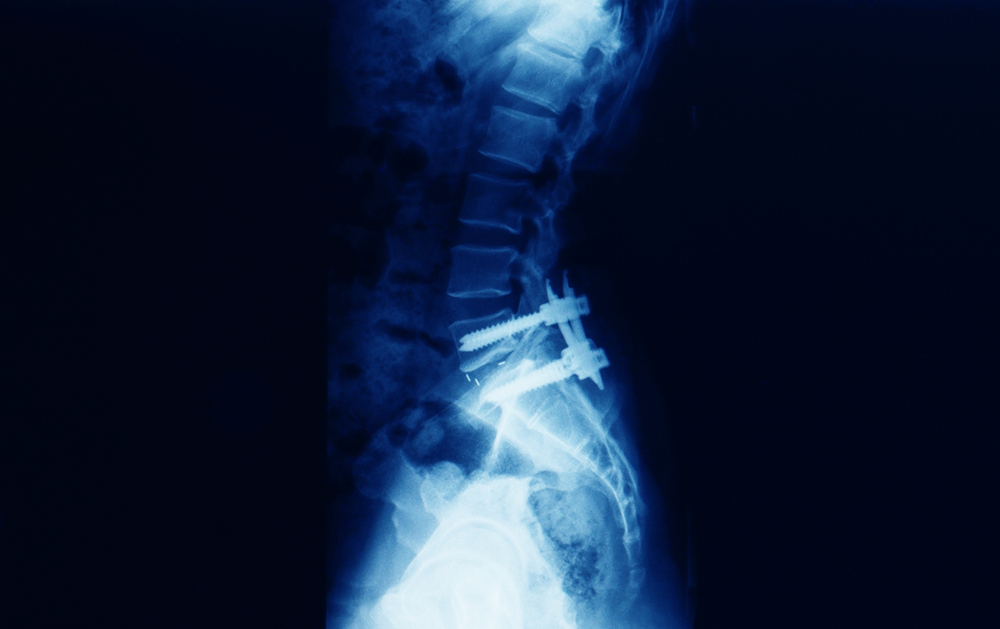TLIF, or transforaminal lumbar interbody fusion, is a unique spinal fusion approach that involves placing bone grafts with a cage device in between vertebrae to relieve pressure along the spine. This fusion intends to decompress nerves along the lumbar or lower back region of the spine. The TLIF can be employed as a minimally invasive procedure and is a modification on the posterior lumbar interbody fusion method.

Why Choose the TLIF Procedure?
The TLIF procedure focuses on nerve decompression throughout the lower back region. As a modification of other open surgeries, TLIF avoids damaging ligaments, excess bone removal, removes biomechanical instability, and helps recover mobilization faster. For patients with nerve compression conditions, the tingling, numbness, and pain resulting from nerve compression can result in the spinal cord degenerating and increase instability throughout the spine. Other conditions that the TLIF treatment can help include:
- Disc prolapse: Spinal instability resulting from previous surgeries and back pain.
- Lumbar canal stenosis: Caused by back pain or spinal instability, stenosis can pressure the spinal cord and affect the nerves.
- Foraminal Stenosis: The narrowing of the cervical or neck discs can cause pressure along the nerves, causing severe neck pain.
- Spondylolisthesis: The lower vertebrae slips forward, causing the bones to directly touch, causing inflammation in the discs, nerve pain, and back pain.
- Degenerative Disc Disease: When the discs begin to degenerate, it can cause the nerves to become inflamed and lead the bones to rub against one another, causing severe pain.
These common conditions can be treated with more conservative methods, including pain medications, braces, and physical therapy; TLIF can improve stability in the back, increase muscle strength, and relieve the nerve pain caused by compressing discs and bones.
How is TLIF Performed?
For performing a transforaminal lumbar interbody fusion, your surgeon will follow these steps:
- Small incisions less than three centimeters will be made along the posterior region of the lower back along one side. This is what makes the treatment unilateral.
- Muscles will be retracted from the affected area to access the region.
- Parts of the vertebrae’s bone, called the lamina, will be removed to access the nerves affected within the region.
- Nerves will be carefully moved away from the discs to allow a bone graft to be placed between the discs affecting the spine.
- The fusion section of the procedure will be performed using orthopedic devices to stabilize the spine.
- The surgeon will then close the incisions once all parts of the bone graft and fusion are secured. Recovery from TLIF can take months to recovery due to the affected nerves being moved and touched.
What Are the Risks of TLIF Treatment?
The TLIF procedure is a safe procedure when performed correctly, and people are given and follow the postoperative instructions after surgery. However, some risks, including nerve damage, infection, bladder problems, and incomplete fusions, can still occur under certain circumstances.



